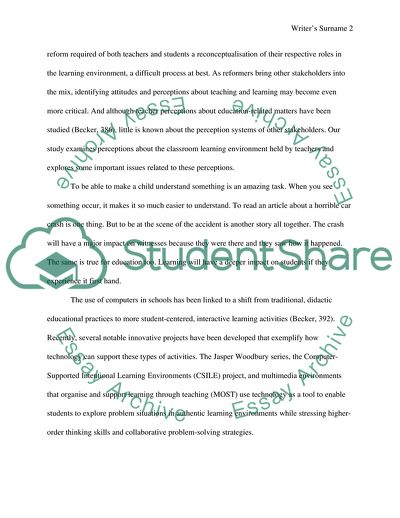Cite this document
(Effective Learning Environment of Classroom Thesis Proposal, n.d.)
Effective Learning Environment of Classroom Thesis Proposal. https://studentshare.org/education/1743413-a-critical-evaluation-of-the-learning-environment-and-the-teacher-as-a-reflective-practitioner
Effective Learning Environment of Classroom Thesis Proposal. https://studentshare.org/education/1743413-a-critical-evaluation-of-the-learning-environment-and-the-teacher-as-a-reflective-practitioner
(Effective Learning Environment of Classroom Thesis Proposal)
Effective Learning Environment of Classroom Thesis Proposal. https://studentshare.org/education/1743413-a-critical-evaluation-of-the-learning-environment-and-the-teacher-as-a-reflective-practitioner.
Effective Learning Environment of Classroom Thesis Proposal. https://studentshare.org/education/1743413-a-critical-evaluation-of-the-learning-environment-and-the-teacher-as-a-reflective-practitioner.
“Effective Learning Environment of Classroom Thesis Proposal”. https://studentshare.org/education/1743413-a-critical-evaluation-of-the-learning-environment-and-the-teacher-as-a-reflective-practitioner.


